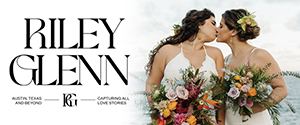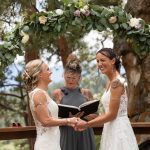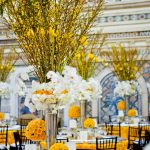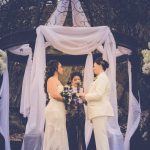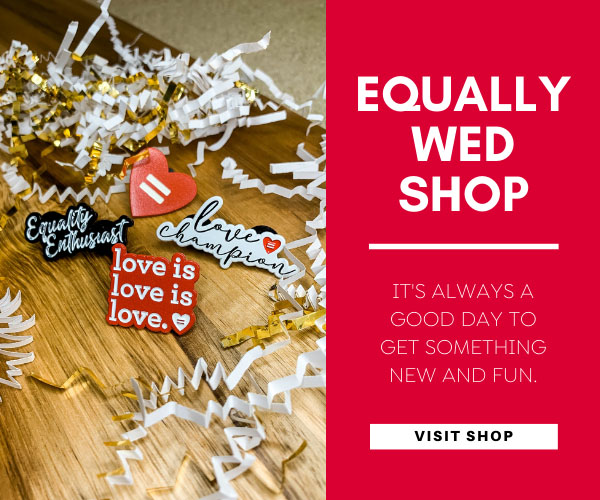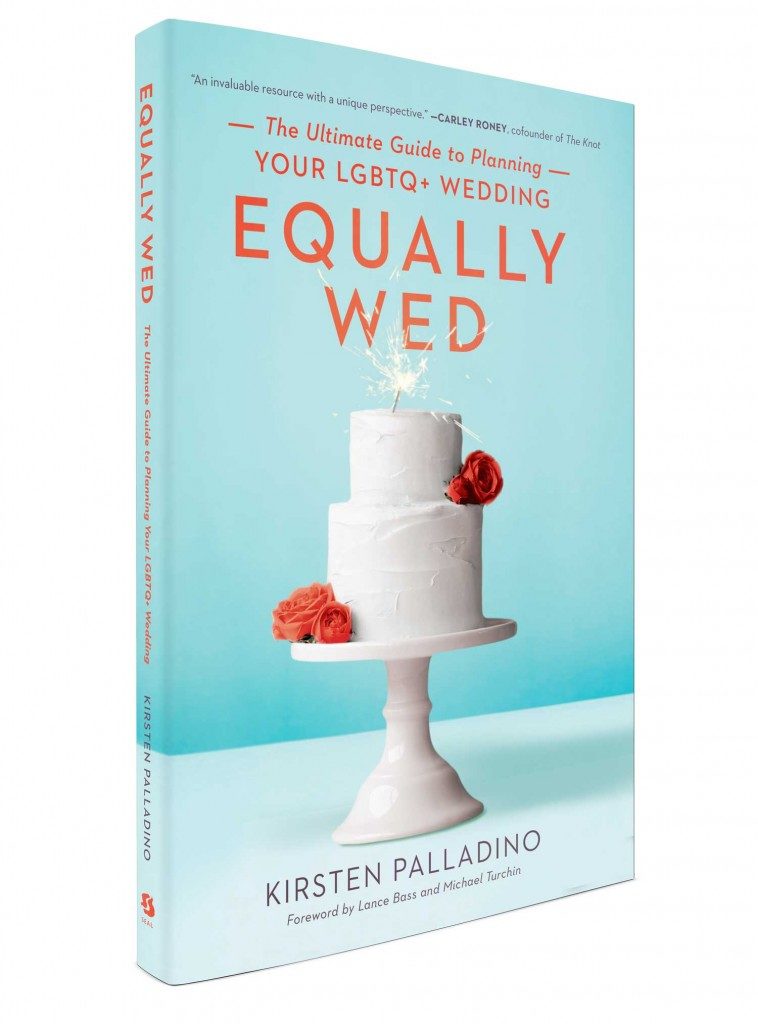By Paloma Naderi
Birdcages, blushers and bustles, oh my! With seemingly limitless styles of veils and headpieces available for brides, it’s understandable that you may be feeling a bit overwhelmed with this point of your wedding planning. One way to demystify the process is to use your venue as an indicator of how formal your veil should be. In this way, choosing your veil is a lot like picking the perfect dress! We’ve chosen three popular styles and matched them with our picks for places to wear them.
Birdcage Veils

Sassy and chic, birdcage veils are one type of blusher veils, meaning they are very short in length and are made with one layer of material. Perfect for an intimate, backyard wedding, this style falls just below the chin and is often complemented by a fascinator, like this decorative flower.
Cathedral Veils

Bring on the drama. The cathedral veil is made up of two layers of material in two different lengths. The front piece comes to just below the bride’s waist, while the back layer falls straight to the floor and trails behind the bride as she walks down the aisle. This dramatic veil is best suited for religious ceremonies or formal nuptials and at venues, such as hotels and ballrooms.
Fingertip Veils

Classic fingertip veils are often made of two layers of material, so that both the face and back of the neck can be covered at once. The name refers to the length of the veil, as it is meant to fall just to the bride’s fingertips. This longer style is more traditional than the blusher, but not as formal as it’s cousin the cathedral veil, making it a lovely choice for almost any venue and dress style.
Not wearing a veil for your ceremony? Check out our roundup of great alternatives to capping off your bridal style!
Images from top: Etsy.com, OnceWed.com; David’s Bridal, Savile Club; Bridal Fashions, Davina Plus Daniel



